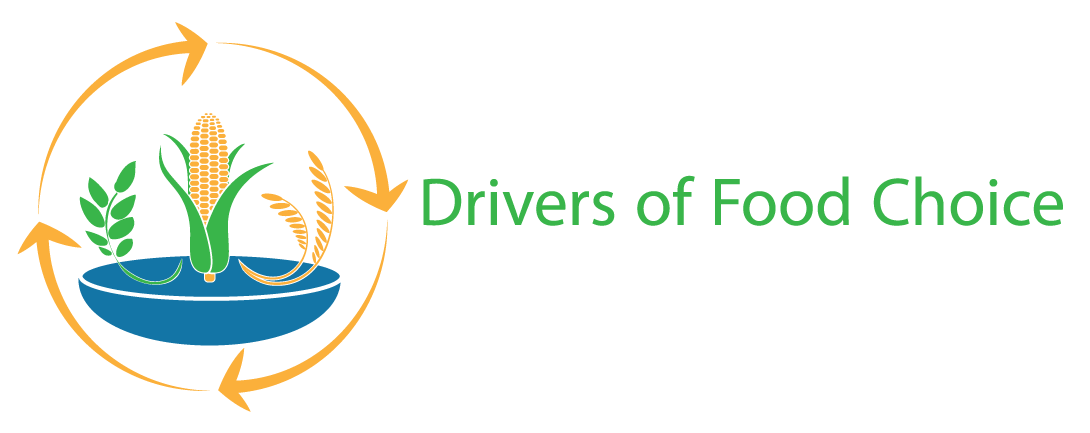Food Environment

Description
The last few decades have ushered in a transformation of diets on a global scale as a result of the influence of globalization, economic, demographic, and technological developments, and shifting agricultural systems and priorities on food environments. Traditional diets based on consumption of legumes, staple grains and fruits and vegetables are transitioning to include more foods that are processed and refined, energy dense and nutrient poor, purchased and consumed away from home, and animal-sourced. In this context, many low- and middle-income countries (LMIC) are struggling to address the emerging double burden of malnutrition, characterized by chronic undernutrition and increasing prevalence of overweight, obesity, and diet-related non-communicable diseases, through the food environment.
Food environments are an interface between the wider food system and the individual through which decisions are made about food acquisition, preparation, and consumption behaviors. They include political, economic, sociocultural, and physical food environment elements or conditions that shape what, when, where, how, why, and to whom foods are available, accessible, affordable, acceptable, and consumed. Investigating the drivers within food environments and food systems enables a holistic understanding of the processes that link an individual to their food environment through their choices about food acquisition and consumption.
Aim
The Food Environments Working Group seeks to improve understanding of the relationship between food environments and food choice in LMICs. Works in progress include 1) a synthesis that considers the usefulness of conceptual frameworks in studying the complex, dynamic, and reciprocal relationships between the food environment, individual food choice, and health and nutrition outcomes in LMICs, using evidence from the DFC portfolio; 2) an analysis of recommended actions in global nutrition initiatives that link the food environment and food choice and bridge learnings from the DFC-portfolio.
Activities
- Presentation: Development and presentation of a DFC Learning Lab at ANH Academy Week 2020. The Learning Lab focused on identification and measurement of relationships between changing food environments and food choice to inform policy and program actions to support healthy food choice in LMICs and presented illustrative case studies from two DFC projects as well as preliminary results from one of the projects in development by the working group.
“Understanding drivers of food choice in changing food environments of low- and middle-income countries to inform program and policy” By Blake CE, Constantinides S, Turner C, Warren A, Ambikapathi R, Holdsworth M, Laar A, Sellen D, Frongillo E. 5th Agriculture, Nutrition & Health (ANH) Academy Week Learning Lab, June 24, 2020.
- Presentation: “Assessing the interface between food environments and food choice to inform policy and program action” Presentation by Constantinides S. Micronutrient Forum, November 9 – 13, 2020.
- Webinar: Understanding how and why people make food choices in LMIC for promotion of sustainable healthy diets
Speakers: Christine Blake, Helen Walls, Mirriam Matita, and Sigrid Wertheim-Heck
Moderator: Edward A Frongillo
- Presentation: Constantinides, S.V. (presenter), Turner, C., Bhandari, S., Reyes, L., Frongillo, E.A., Blake, C.E. Using a global framework to assess relationships between the food environment and food choices: evidence from the Drivers of Food Choice Program. Natural Resources Institute (NRI)/Food and Nutrition Security (FaNSI) International Seminar on Food Systems and Nutrition Security in Africa. Food Systems for Improved Nutrition Programme Session: Food system actions for improved nutrition: concepts and practice. January 26-28, 2021 (virtual).
- Journal Publication: Constantinides SV, Turner C, Frongillo EA, Bhandari S, Reyes LI, Blake CE. (2021). “Using a global food environment framework to understand relationships with food choice in diverse low- and middle-income countries.” Global Food Security, 29, 100511.
- Poster Presentation: Reyes LI, Bhandari S, Constantinides SV, Frongillo EA, Blake CE. Recommended Actions in Global Nutrition Initiatives That Link Food Environment and Food Choice. Current Developments in Nutrition, Volume 5, Issue Supplement_2, June 2021, Page 565.
- Journal Publication: Reyes LI, Constantinides SV, Bhandari S, Frongillo EA, Schreinemachers P, Wertheim-Heck S, Walls H, Holdsworth M, Laar A, Nguyen T, Turner C, Wellard K, Blake CE. Actions in global nutrition initiatives to promote sustainable healthy diets. Global Food Security, 2021, 100585. https://doi.org/10.1016/j.gfs.2021.100585.
